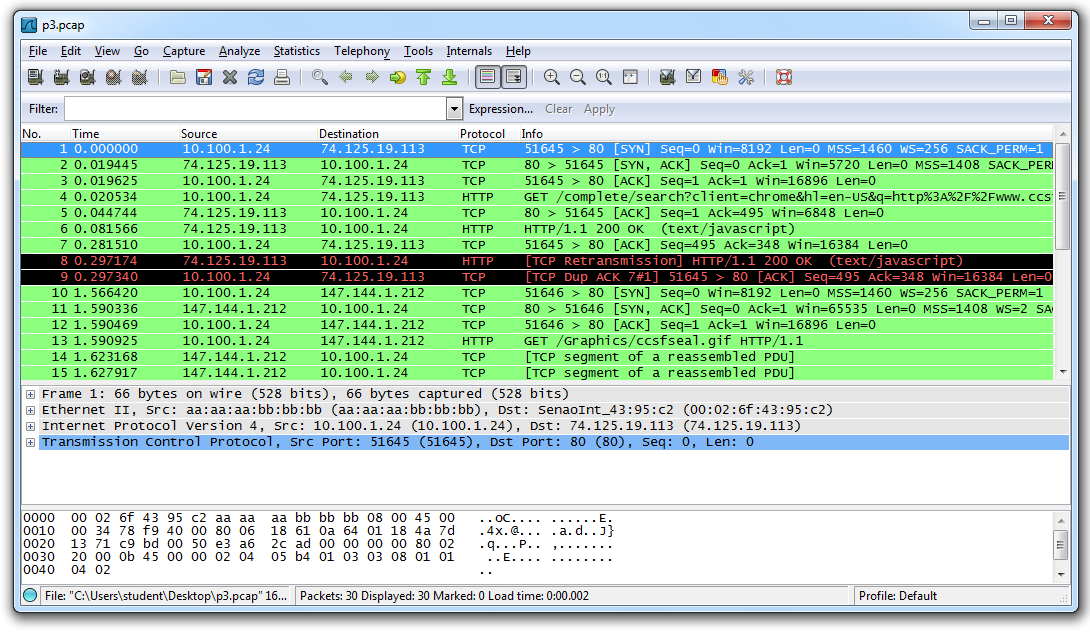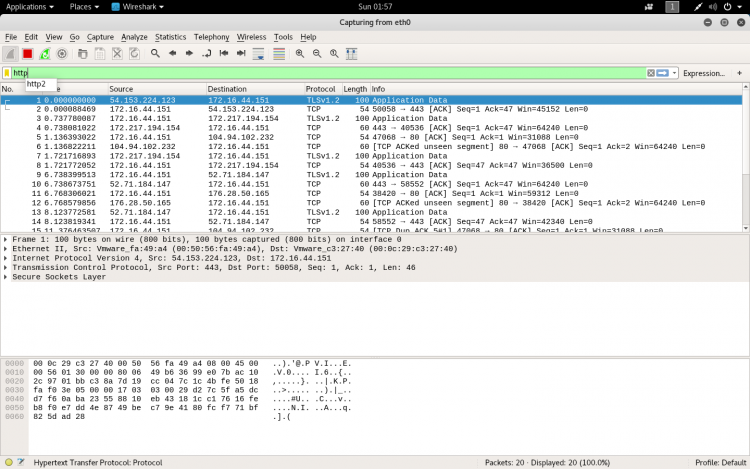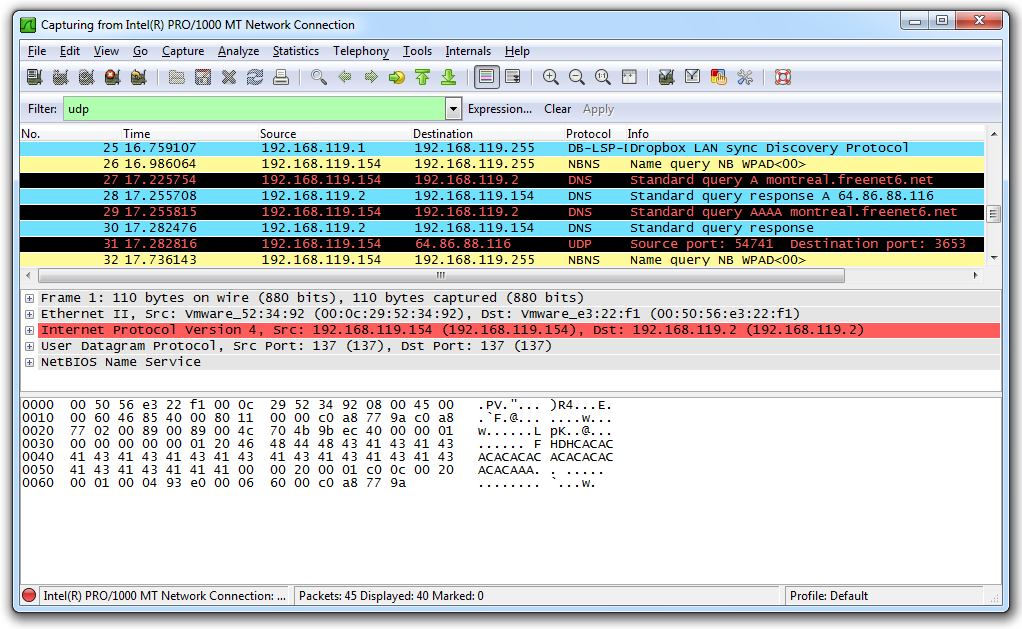

- #Wireshark captures 72 packets then stops serial number
- #Wireshark captures 72 packets then stops for windows 10
- #Wireshark captures 72 packets then stops Pc
- #Wireshark captures 72 packets then stops mac
Frame Type 0x0806 For Ethernet II frames, this field contains a hexadecimal value that is used to indicate the type of upper-layer protocol in the data field.
#Wireshark captures 72 packets then stops serial number
Each address is 48 bits long, or 6 octets, expressed as 12 hexadecimal digits, 0-9,A-F.Ī common format is 12:34:56:78:9A:BC.The first six hex numbers indicate the manufacturer of the network interface card (NIC), the last six hex numbers are the serial number of the NIC.The destination address may be a broadcast, which contains all ones, or a unicast. Field Value Description Preamble Not shown in capture This field contains synchronizing bits, processed by the NIC hardware. The following table takes the first frame in the Wireshark capture and displays the data in the Ethernet II header fields. Step 4: Examine the Ethernet II header contents of an ARP request. This screenshot highlights the frame details for an ARP reply. This screenshot highlights the frame details for an ARP request.
#Wireshark captures 72 packets then stops mac
The session begins with an ARP query and reply for the MAC address of the gateway router, followed by four ping requests and replies. ARP is a communication protocol that is used for determining the MAC address that is associated with the IP address. ARP stands for address resolution protocol. A filter has been applied to Wireshark to view the ARP and ICMP protocols only.
#Wireshark captures 72 packets then stops Pc
The screenshots of the Wireshark capture below shows the packets generated by a ping being issued from a PC host to its default gateway. Step 3: Examine Ethernet frames in a Wireshark capture. : Saturday, Septem11:08:36 AMĭefault Gateway. : Intel(R) 82579LM Gigabit Network Connection In this example, this PC host IP address is 192.168.1.147 and the default gateway has an IP address of 192.168.1.1. Type Data FCS 8 Bytes 6 Bytes 6 Bytes 2 Bytes 46 – 1500 Bytes 4 Bytes Step 2: Examine the network configuration of the PC. Step 1: Review the Ethernet II header field descriptions and lengths. A Wireshark capture will be used to examine the contents in those fields. In Part 1, you will examine the header fields and content in an Ethernet II frame. 1 PC (Windows with internet access and with Wireshark installed) Instructions Part 1: Examine the Header Fields in an Ethernet II Frame.
#Wireshark captures 72 packets then stops for windows 10
The screenshots in this lab were taken from Wireshark v2.4.3 for Windows 10 (64bit). It also assumes that Wireshark has been pre-installed on the PC. Instructor Note: This lab assumes that the student is using a PC with internet access. In Part 2, you will use Wireshark to capture and analyze Ethernet II frame header fields for local and remote traffic. In the first part of this lab, you will review the fields contained in an Ethernet II frame.

When learning about Layer 2 concepts, it is helpful to analyze frame header information. For example, if the upper layer protocols are TCP and IP and the media access is Ethernet, then the Layer 2 frame encapsulation will be Ethernet II.

The frame composition is dependent on the media access type. When upper layer protocols communicate with each other, data flows down the Open Systems Interconnection (OSI) layers and is encapsulated into a Layer 2 frame.

Make sure that Erase, Program and Verify are checked. Images for 15.4 Stack are located with the SimpleLink CC13x0 SDK installation in the folderĬ:\ti\simplelink_cc13x0_sdk_1_40_00_xx\tools\ti154stack\TiWsPc2\sniffer_fw\bin\15.4g Your TI 15.4-Stack configuration (See Table 18.). In the Main tab browse to the correct sniffer firmware image depending on Select the CC1350/CC1310 device in the list of connected devices at left side. Perform the following steps to program the Launchpad board with sniffer firmware:Ĭonnect the Launchpad board to the PC with a USB cable. The firmware can be programmed with SmartRF Flash Programmer 2. Firmware Hex Files for 15.4 Stack ¶ Frequency Band The firmware image to use depends on the frequency band and TI-Stack PHY mode. The Launchpad board must be programmed with the correct firmware before it can be used as packet sniffer.


 0 kommentar(er)
0 kommentar(er)
